Everyone everywhere uses the toilet, but the toilets around the world are very different from each other. The cleanliness, hygiene, plumbing process, and sanitation system vary from place to place and country to country. For example, you can expect a French toilet to be quite different from a Chinese one.
The shape and function of the toilets are different all over the world as well as the way people use toilet paper or the position in which they sit and use the toilet.
We will discuss various toilets in different countries in this article which will help you to get a clear view of different bathroom situations if you are traveling or even if you just want to know about the differences between cultures.
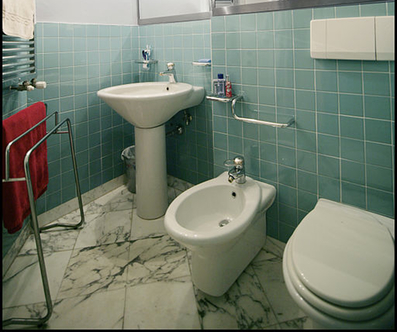 European Toilets: European toilets are the same as the standard porcelain toilet system of any Western style toilet or toilet you’d find in America. The only thing is that western toilet sometime might have a pull cord instead of a handle. One particular feature called the ‘bidet’ was invented in France around the year 1600 and is currently used in European, Spanish, French, and Portuguese homes.
European Toilets: European toilets are the same as the standard porcelain toilet system of any Western style toilet or toilet you’d find in America. The only thing is that western toilet sometime might have a pull cord instead of a handle. One particular feature called the ‘bidet’ was invented in France around the year 1600 and is currently used in European, Spanish, French, and Portuguese homes.
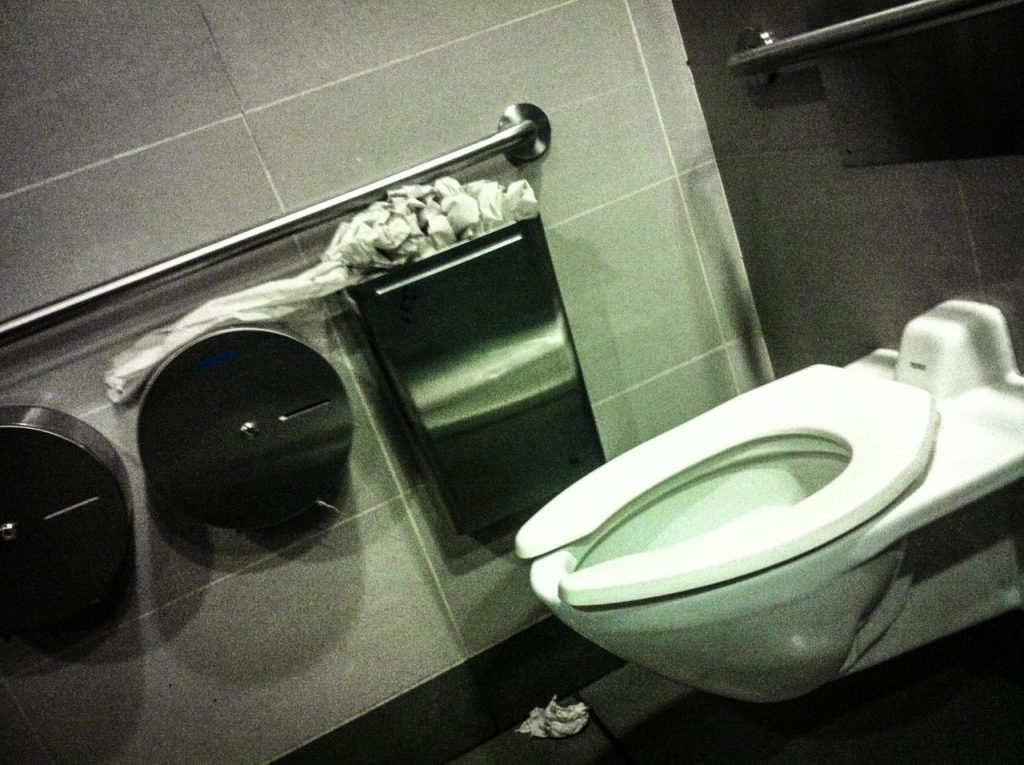
Latin American or South American Toilets: The biggest no-no of the Latin American or South American toilet system is to not flush the toilet paper. It is not allowed because their system just cannot process the toilet paper. Flushing toilet paper causes clogs and severe plumbing issues in even in the metropolitan cities.
 African Toilets: In many sub-Saharan African places, you will not find a ‘proper’ toilet, which raises sanitation issues. Most Africans use squat toilets, whereas in North Africa they generally use western-style sit-down style toilets.
African Toilets: In many sub-Saharan African places, you will not find a ‘proper’ toilet, which raises sanitation issues. Most Africans use squat toilets, whereas in North Africa they generally use western-style sit-down style toilets.
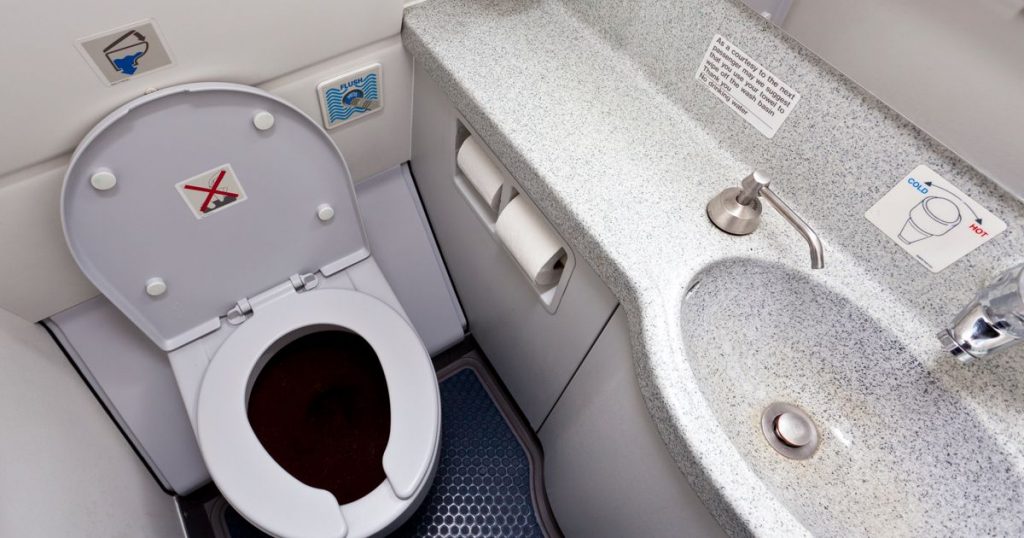
Japanese Toilets: There are two types of toilets available in Japan: one is the old squat type, which is used mostly in the public conveniences, and the other one is the bidet style, which is similar to the western style. The bidets are commonly called ‘washlets’ in Japan. The common features found in a bidet-style toilet in Japan are bidet washing, seat warming, and deodorization. Almost all Japanese homes have a washlet toilet system.
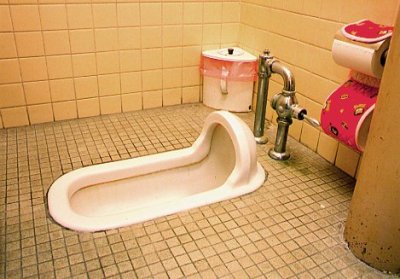
Chinese Toilets: Chinese toilets are actually considered pits. Most of the toilets in China are squat toilets, and it is a proven fact that these types of toilets are beneficial for the digestive system. Big cities have at least one western style toilet in public restrooms in the mall with separate cubicles. However, in many rural areas, you will still find that there is very little privacy while using the toilet.
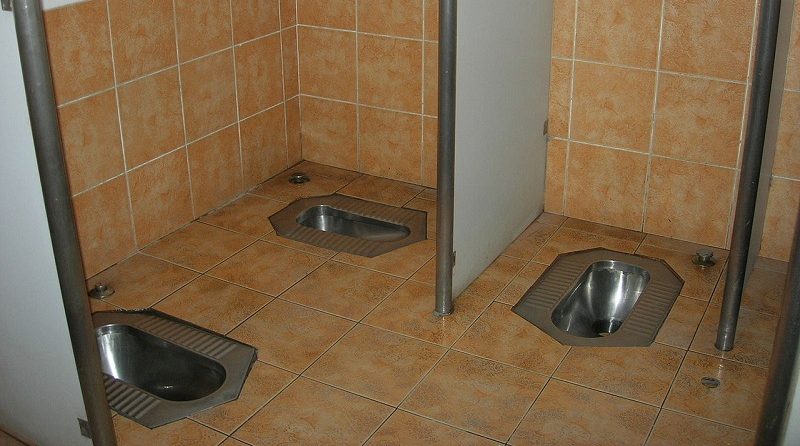
Indian Toilets: Since the evolution of human beings, people have found that squatting is the most natural posture for finishing your daily needs of the toilet. Indians are considered to be the most authentic to that in the way they use the toilet. Along with the squatting position, their use of water is considered to be the most hygienic and practical because toilet paper is not only environmentally unfriendly but also expensive. Still, with time and globalization, cities have been changed their toilet usage and begun implementing western style toilets. Toilet paper is used in most malls and urban areas and even in most houses there. However, in rural areas, the old-fashioned toilet designs are still very common.
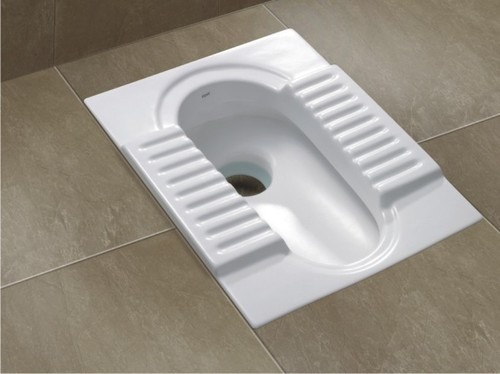
Toilets in the Air, Under the Sea, and in Space: Whether you’re at home, in the air, or maybe in space, you need to fulfill your daily needs by using a toilet. In modern aircrafts, they use a Teflon coated toilet bowl and a very strong suction to send the waste to the holding tank. Space toilets use a vacuum system in the absence of gravity. Submarines have probably most complicated toilet system since they are always under a huge amount of pressure.
The Variety of Toilet Designs Around the Globe
Water-Efficient Toilets: They actually save valuable water every time you flush. Recently all the new toilet systems use only 2 liters of water/0.58 gallons in the US. This has a positive impact in the future in saving this precious natural resource.
European or Western Water Closets: The European-styled toilet has a flushing tank attached and comes with a seat and cover. The cover needs to be closed while flushing, and they are generally made with ceramic or plastic materials. A small amount of water is always trapped inside by a water seal.
One-piece toilets: This type of toilet does not need any separate flush tank because the tank is attached to the body itself. These are also called single-bowl toilets.
Squatting Pans: Squatting pans are proved to be a healthier option than the comfortable European water closet. They are many times called Indian or Asian pans as they are mostly found in Asian countries, though the designs differ from each other. These classic toilets are the most cheaper and safer option.
Kids, Elderly, and Smart Toilets: Kid’s toilets are designed especially for kids under 12, and they are relatively smaller in size. They come in both water closet and squatting toilet types.
Elderly toilets are designed for elderly or physically-challenged people. They are around 70 cm in height. Smart toilets are a recent addition of intelligent toilets in which a ceramic toilet is attached with an electric seat and a smart seat cover.
Rim-Free Toilet: This type of toilet is most common for the wall hung toilets, which are round or oval shaped. Those new models provide effective flushing and easy cleaning. This is expected to be the new hot choice for future customers.
Tornado-Type Toilet: This kind of toilet is designed to do dual flush work with just a single flush. These round-shaped toilets clean while flushing and make the cleaning process easier.
A Few Toilet Designs That You May Have Never Seen
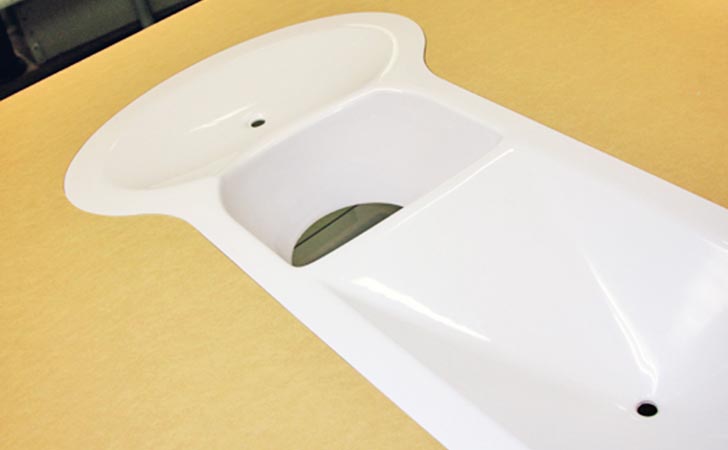
The Toronto Toilet: It is a fun process as the toilet has a similar system to the charcoal barbecue. It has a sand-filled and UV ray disinfection chamber to process the liquid waste to the smolder chamber to carbonize the solid waste in a flattened and dried material under a roller. The toilet is easy to maintain, sustainable and easily repaired.
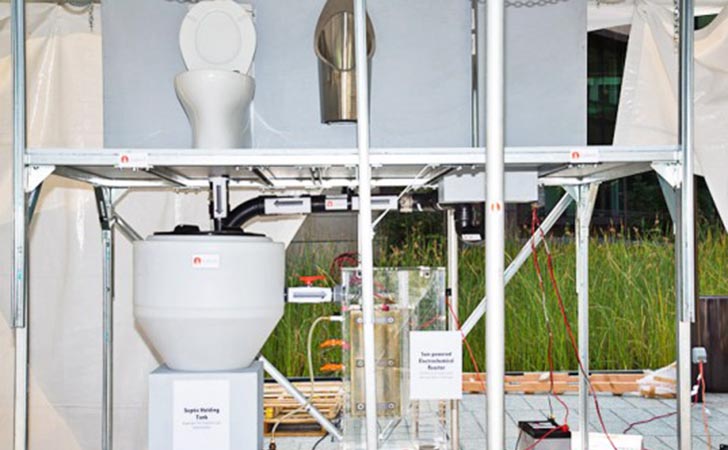
Caltech Toilet: This award-winning toilet, developed by the California Institute of Technology, is a self-cleaning, solar-powered eco-friendly system which transforms the liquid and solid waste into fertilizer and hydrogen. It has solar panels and a pump which sends water to the reservoir present in the top of the toilet and can be reused for irrigation.
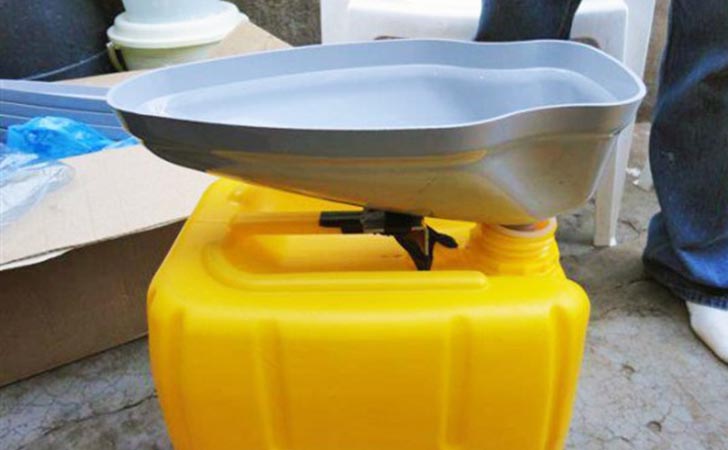
Ecological Urinal Toilet: This toilet was created as a solution for the people of Kampala where they had to share the same toilet. This ecological system collects urine in a sanitary way and turns it into high-quality fertilizer.
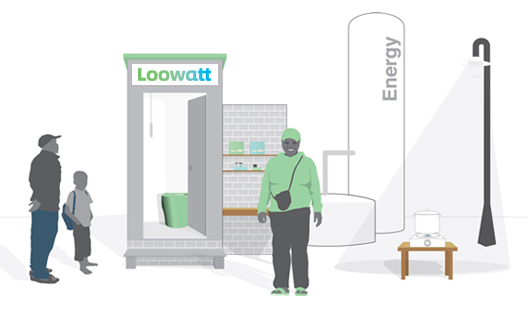
Loowatt Toilet: It is another sustainable toilet system which transforms human waste into biofuel. It is a waterless toilet system has a biodegradable lining that stores the waste in a sealed and odor-free container which in exchange provides a free strong source of energy for cooking etc.
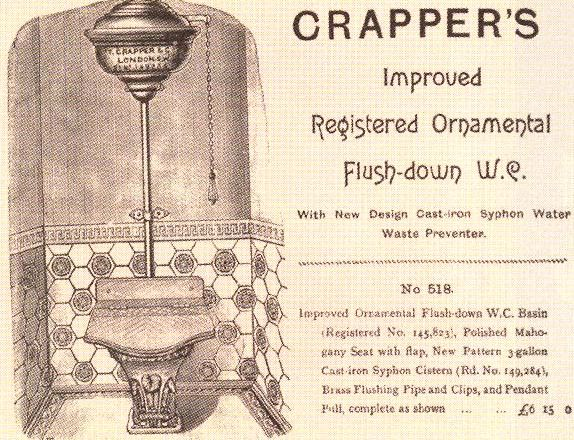
The Crapper: This stands for Compact Rotating Aerobic Pollution Prevention Excreta Reducer. It is an incredible system that consistes of a rotatable bio-drum to make a self-contained compost toilet.
There are so many different cultures in the world, and they all have different ways to use toilets with innovative designs that make each of them unique. Various technologies can be used to create a toilet that is suitable for different purposes and needs. People choose the toilet system according to their respective requirements.
